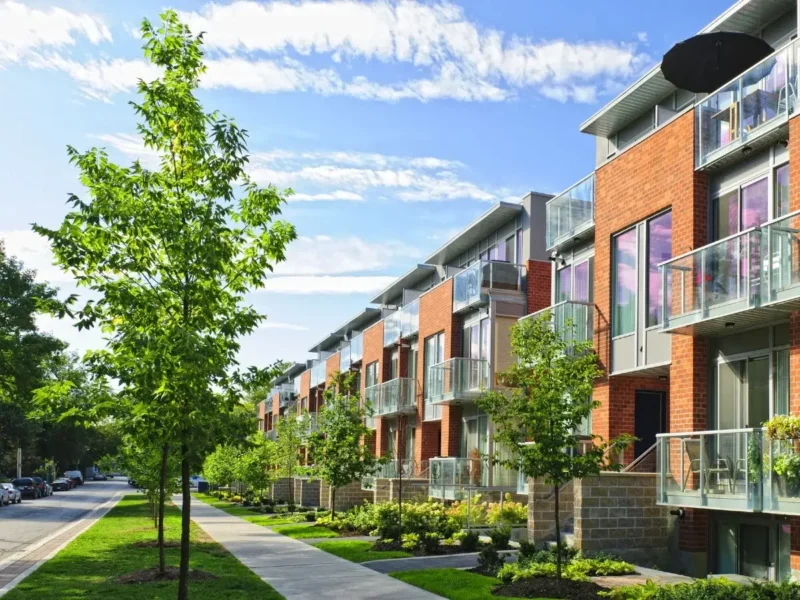This blog explores the components of Sustainable Drainage Systems (SuDS), including source control, swales, filtration, and retention, and the management train concept for effective water management.
As outlined in our previous blog, Sustainable Urban Drainage Systems (SuDS) are a drainage solution, designed to provide an alternative to direct channelling of surface water that uses a pipe and sewer network. Designing these systems appropriately can help prevent flooding and deterioration of receiving water quality.
Surface water should be regarded of as a valuable asset and therefore its management should reflect this. In last week’s blog, we discussed the key principles involved in the design of SuDS that successfully mimic natural drainage.
SuDS components
Sustainable drainage systems are more than simple, traditional soakaways and can involve a variety of components with different approaches to managing water flow, volume and quality. In addition, they provide many biodiversity and amenity benefits.
Components can be split and classified in numerous ways, for example:
- Source Control –helps to manage rainfall runoff close to where it falls and can intercept smaller, more frequent rainfall events. These include green roofs, rainwater harvesting and permeable surfaces;
- Swales and conveyance channels – transfer the surface water run-off between other components – this can be done using vegetated channels such as swales;
- Filtration – removal of sediment and particles from the runoff water using either filter strips, filter trenches or bioretention areas;
- Infiltration – capture the surface water run-off allowing it to soak through to subsoil level. These components include soakaways, rain gardens, infiltration trenches and basins;
- Retention and Detention – provide attenuation and storage of water runoff – detention basins (usually dry basins that capture rainfall during storm events), retention ponds and geocellular drainage;
- Wetlands – these are water bodies which are densely vegetated and provide treatment to surface water run-off using sedimentation, biofiltration and nutrient uptake;
- Inlets, outlets and control structures – allow water to flow in and out of certain features whilst controlling the rate that it flows along the system. These include v-notches, terracing and vortex control structures.
More information on these individual SuDS components can be found at susdrain.org
Management Train
Design and development of Sustainable drainage can be complex as there are many different elements to consider and discuss with those affected. The SuDS management train concept can help to explain different aspects of an effective natural drainage system.
There are 4 main elements of the management train:
- Prevention – preventing run-off by creating more permeable ground or reducing pollution in the area;
- Source Control – run-off is dealt with where the rainfall lands;
- Site Control – water run-off is managed over larger areas, e.g. a housing estate or business park;
- Regional Control – deals with the accumulated run-off from a wide area. Using the same techniques as smaller SuDS but for larger volumes of water. The water which passes through the smaller SuDS feeds into the larger system, and to avoid the use of pipes, components can be connected by filter drains, ditches and swales.
The management train refers to the concept that drainage techniques can be used in a sequence to slow the flow and characteristics of water run-off. An area can be divided into sub-catchments depending on the land use and characteristics. This is beneficial as it reduces the quantity of water that needs to be managed at any one place.
In our blog next week, we will look at the overall benefit of using SuDS and how it can help us adhere to EU environmental directives.

